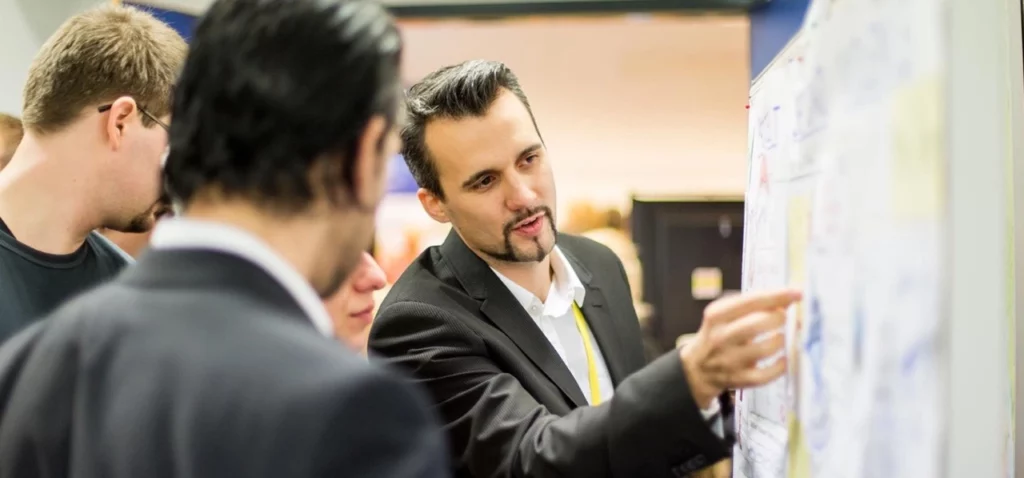As a project founder or CEO, juggling various tasks can be overwhelming. That’s why it’s important to take advantage of the tools and resources available to you for success. To help you get the most out of your time and efforts, we’ve outlined three key elements that can help you work smarter, not harder: meeting with your skip-level manager; learning how to do customer interviews; and using prioritization frameworks.
Meeting with Your Skip-Level Manager
Your skip-level manager serves as a bridge between yourself and other strategists in your organization who are further down the chain of command. When meeting with your skip-level manager, ask them about their insights on what’s been working well in the organization and what could be improved upon. This can give you a better understanding of how things are currently running and help you come up with ideas for improvement. Additionally, make sure to prepare ahead by researching topics related to their current role in the company so that you can make more informed questions during your meeting.
Learning to Do Customer Interviews
Customer interviews are an essential part of any successful project. Through these interviews, founders gain valuable insights into customers’ needs and wants to inform product development decisions. There are different types of customer interviews—such as open-ended interviews or closed-ended surveys—and each one requires its own set of preparation steps before conducting them successfully. Before diving in headfirst, do some research on conducting customer interviews from experts in the field or look up tutorials on YouTube for guidance on specific interview techniques. Additionally, make sure to practice active listening during each conversation so that you don’t miss any key pieces of information from customers.
Prioritization Frameworks
Prioritizing your tasks is one way to ensure that you focus on activities which will provide the most value for your team over time instead of wasting time on low priority items that won’t move the needle much at all. One such framework is ICE (Impact x Confidence x Effort). With this framework, founders rate each task along three criteria: impact (how much value it will bring), confidence (how likely it is that the task will succeed) and effort (how much effort it will take). For each criteria, add evidence backed by data or research so that prioritizing becomes more objective than subjective. Additionally consider ratios such as cost/benefit ratio or experiments if needed when deciding where exactly to prioritize ideas within the ICE framework.
Conclusion:
Meeting with your skip-level manager, doing customer interviews correctly, and utilizing prioritizations framesworks are three powerful tools for project founders and CEOs looking to maximize their time and resources for success. By asking smart questions during meetings with skip-level managers; researching best practices for conducting customer interviews; getting comfortable with using frameworks like ICE; founders have a greater chance at making sound decisions quickly while still ensuring quality output from their team members throughout every stage of their projects . Use these three powerful components together as a toolkit for success!


